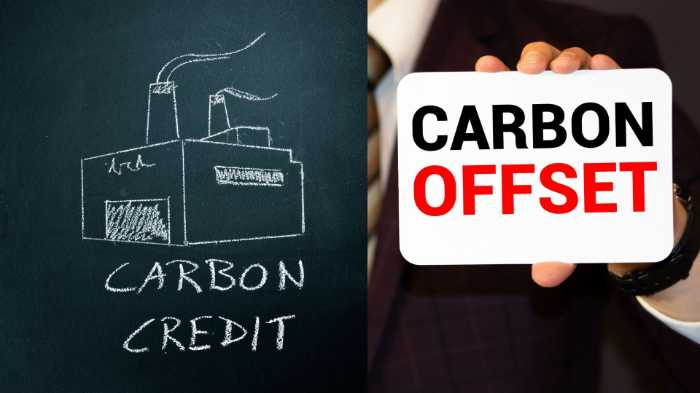 Do you know the difference between carbon credits and carbon offsets? If not, you’re not alone. A lot of people don’t understand the difference, but it’s an important distinction to make. In this blog post, we will discuss the differences between carbon credits and offsets and explain how they can help reduce your environmental impact.
Do you know the difference between carbon credits and carbon offsets? If not, you’re not alone. A lot of people don’t understand the difference, but it’s an important distinction to make. In this blog post, we will discuss the differences between carbon credits and offsets and explain how they can help reduce your environmental impact.
- What are carbon credits and carbon offsets?
- What are the key differences between carbon offsets and carbon credits?
- How can carbon credits help reduce your environmental impact?
- The benefits of using carbon credits
- The drawbacks of using carbon credits
- How to choose the right carbon credit for you?
- How can carbon offsets help reduce your environmental impact?
- The benefits of using carbon offsets
- The drawbacks of using carbon offsets
- How to choose the right carbon offset for you?
- How can individuals benefit from reducing carbon emissions?
- In Conclusion, Carbon Credits and Carbon Offsets
- FAQs
What are carbon credits and carbon offsets?
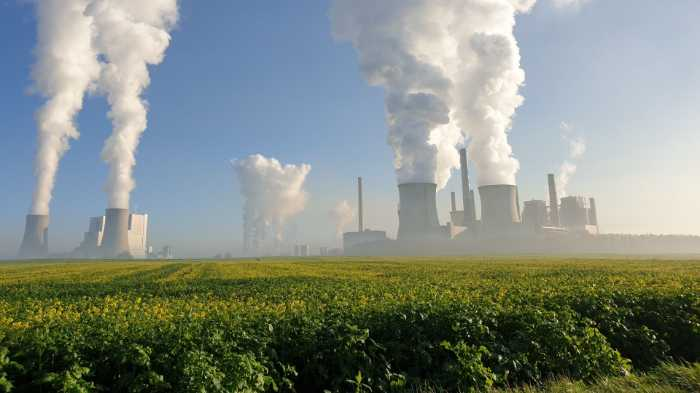
Carbon credits and offsets are mechanisms that aim to reduce greenhouse emissions. Carbon credits are units of measurement that represent a specific amount of greenhouse gas emissions.
One carbon credit is equal to one metric ton of carbon dioxide. Companies or individuals can purchase carbon credits in order to offset their own carbon emissions. For example, a company that emits 200 metric tons of carbon dioxide could purchase 200 carbon credits to offset its impact.
Carbon offsets are similar to carbon credits, but they represent the mitigation of emissions from a specific project. For example, a company might invest in a wind farm that will prevent the release of 1,000 metric tons of carbon dioxide over the course of its lifetime. The company can then claim those emissions reductions as offsets against its own carbon dioxide emissions.
Unlike carbon credits, which can be bought and sold on the open market, offsets are typically specific to a particular project.
Carbon offsets are typically less expensive than carbon credits, but they are often criticized for being less effective. When done correctly, however, both carbon offsets and carbon credits can be useful tools in the fight against climate change.
What are the key differences between carbon offsets and carbon credits?
Carbon offsets and carbon credits represent reductions in greenhouse gas emissions, but there are a few key differences between carbon credits and offsets.
First, carbon credits are typically generated through projects that reduce emissions, while carbon offsets are generated through projects that avoid emissions.
Second, carbon credits can be sold on various exchanges and markets, while carbon offsets are often bundled and sold by intermediaries.
Third, the price of carbon credit fluctuates based on supply and demand conditions, whereas the price of carbon offsets is generally more stable.
Fourth, carbon credits can be used to comply with emissions regulations, while carbon offsets cannot.
Finally, carbon credits represent a unit of emissions reduction, while carbon offsets represent a unit of emissions avoided or sequestered.
How can carbon credits help reduce your environmental impact?
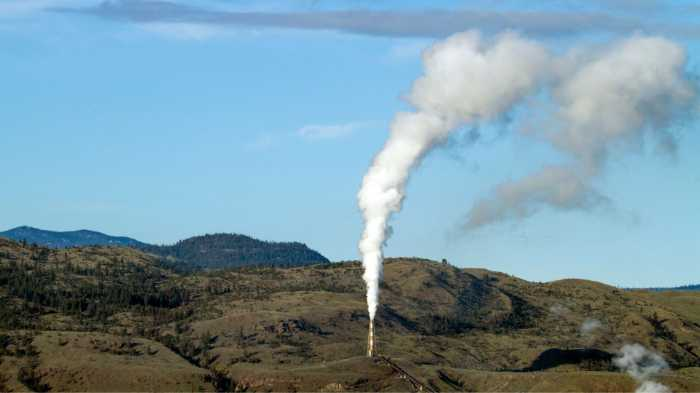
Carbon credits are a type of tradeable environmental commodity that can be used to offset greenhouse gas emissions. One carbon credit is equivalent to the reduction of one metric ton of carbon dioxide or the equivalent amount of other greenhouse gases. Carbon credits can be generated through a variety of activities, such as investing in renewable energy or planting trees.
Companies and individuals can purchase carbon credits in order to offset their own carbon emissions, or they can retire them so that they can no longer be used. Carbon credits provide a financial incentive for businesses and individuals to reduce their carbon footprint and help mitigate climate change.
When used properly, carbon credits can be an effective tool for reducing your environmental impact.
Go Carbon Neutral – in only 3 Minutes!
The benefits of using carbon credits
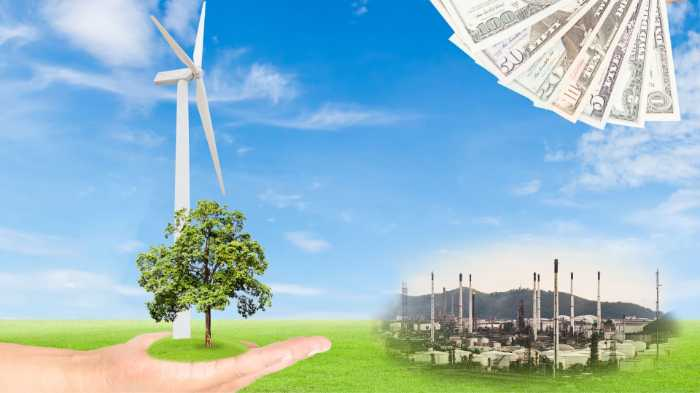
Here are five of the key benefits of carbon credits:
- Carbon credits are a Tradable Commodity: Like any other commodity, carbon credits can be bought, sold, or traded on various exchanges. This flexibility allows emitters to choose the option that best suits their needs and budget.
- Carbon credits provide an Incentive for Reducing Emissions: Because carbon credits can be traded, they provide a financial incentive for businesses and individuals to reduce their emissions. By reducing emissions, businesses and individuals can sell their carbon credits for profit.
- Carbon credits can be Used to Offset Emissions: Even if a business or individual is unable to reduce their carbon emissions, they can still offset their emissions by purchasing carbon credits. By offsetting emissions, businesses and individuals can help to combat climate change.
- Carbon credits can Help to Fund Green Projects: The sale of carbon credits can be used to fund green projects such as renewable energy development or tree planting. This is because the purchase of carbon credits represents a net carbon reduction.
- Carbon Credits are Regulated: Unlike some other voluntary carbon reduction programs, carbon credit programs are regulated by government bodies. This provides some assurance that purchasers are getting what they expect.
The drawbacks of using carbon credits
While carbon credits are often touted as a way to offset greenhouse gas emissions, there are several potential drawbacks to their use.
- First, carbon credits can create a sense of complacency, leading people to believe that they can continue emitting large amounts of pollution as long as they purchase offsets.
- Second, there is often a lack of transparency in the carbon market, making it difficult to verify that credits actually have the intended effect.
- Finally, carbon credits may give companies an incentive to pollute in developing nations, where environmental regulations are often weaker.
While carbon credits can play a role in combatting climate change, it is important to be aware of these potential pitfalls.
How to choose the right carbon credit for you?
Choosing the right carbon credit is an important part of offsetting your carbon footprint. There are a variety of factors to consider, including the type of project, its location, and its environmental benefits. Project types can include forestry, agriculture, and energy efficiency projects.
Location is important because you want to choose a project that offsets emissions in your region. And finally, you want to make sure the project provides tangible environmental benefits, such as reducing deforestation or promoting renewable energy.
By considering all of these factors, you can choose a carbon credit that fits your needs and offset your impact on the environment.
You can’t improve what you don’t measure.
Free Verified Carbon Calculators.
Erase Your Carbon Footprint in less than 5 Minutes
Personal Carbon Footprint Calculator
Business Carbon Footprint Calculator
How can carbon offsets help reduce your environmental impact?

Carbon offsets are a way of offsetting your carbon footprint by investing in projects that reduce carbon emissions. For example, purchasing carbon offsets can support the planting of trees, which absorb carbon dioxide from the atmosphere.
Or you might invest in other carbon offset projects like wind farms, which produce renewable energy without emitting greenhouse gases.
Carbon offsets can also be used to make up for carbon emissions that cannot be avoided, such as those from air travel. By offsetting your carbon footprint, you can help reduce your environmental impact and make a positive contribution to the fight against climate change.
The benefits of using carbon offsets
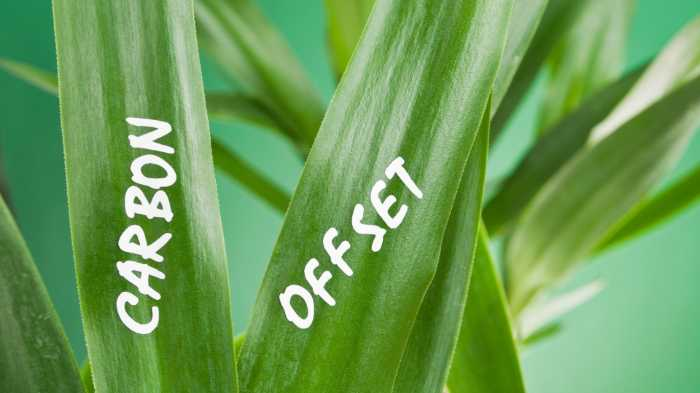
Here are some of the key benefits of using carbon offsets:
- Reducing your carbon footprint: One of the main benefits of carbon offsets is that they can help you reduce your own carbon footprint. By offsetting your emissions, you can cancel out some of the environmental impacts of your activities.
- Supporting renewable energy projects: Many carbon offset programs fund renewable energy projects, such as wind farms and solar arrays. These projects help to displace fossil fuels and combat climate change.
- Helping to fight climate change: Carbon offsetting can help to reduce greenhouse gas emissions, which are a major contributor to climate change.
- Supporting sustainable development: Carbon offsets can also help to fund sustainable development projects in developing countries. These projects often focus on clean energy, agriculture, and forestry initiatives.
- Generating other environmental benefits: In addition to reducing emissions, many carbon offset programs also generate other environmental benefits, such as creating
- Achieve emissions reduction goals: Carbon offsets can help organizations achieve emissions reduction goals, such as those set by the Kyoto Protocol. In addition, Carbon offsets can help businesses and individuals meet their own emissions reduction goals.
- Create jobs: Carbon offsets can create new jobs and economic opportunities in developing countries. For example, many offset programs fund forestry projects, which create jobs for tree planters and forest managers.
- Build public support for climate action: Carbon offsets can help to build public support for action on climate change. By offsetting your emissions, you can show that you are taking action to combat climate change and encourage others to do the same.
The drawbacks of using carbon offsets
Carbon offsets have become a popular way to offset your carbon footprint, but there are some drawbacks to using them.
First, offsets can be expensive, and the cost can add up quickly if you’re offsetting a lot of carbon.
Second, offsets can be difficult to find, and you may not be able to find an offset that suits your needs.
Third, offsets may not actually offset all of your carbon emissions, and you may still be responsible for some emissions.
Finally, carbon offsets can be difficult to track and verify. It can be hard to know whether the reductions that are being offset are actually taking place and whether they are having a positive impact on the environment.
If you’re considering using carbon offsets, make sure you weigh the pros and cons carefully before making a decision.
How to choose the right carbon offset for you?

If you’re looking to offset your carbon footprint, there are a few things you’ll need to consider. First, you’ll need to decide which type of carbon offset is right for you. There are two main types of carbon offsets: voluntary and compliance.
Voluntary offsets are typically purchased by individuals and businesses in order to offset their own emissions. Compliance offsets, on the other hand, are required by law in some jurisdictions in order to offset emissions from certain activities.
Once you’ve decided which type of offset is right for you, you’ll need to consider the specific project you’re interested in supporting. Make sure to do your research and choose a reputable project that aligns with your values.
Finally, you’ll need to decide how much you’re willing to spend on an offset. Carbon offsets can range in price from a few dollars to hundreds or even thousands of dollars, depending on the size of the offset and the type of project involved.
By taking the time to consider all of these factors, you can be sure to choose the right carbon offset for you.
How can individuals benefit from reducing carbon emissions?

Reducing carbon emissions offers a range of potential benefits for individuals, including improved health, reduced energy costs, and greater environmental stewardship.
One of the most significant benefits of reducing carbon emissions is improved health. Air pollution, which is caused by emissions from cars, factories, and power plants, is a leading cause of respiratory problems, heart disease, and stroke. By reducing emissions, individuals can help to improve air quality and protect their own health and the health of their families.
In addition to improved health, reducing carbon emissions can also lead to reduced energy costs. Heating and cooling homes and businesses account for a significant portion of energy use and, as a result, carbon emissions. By making simple changes such as sealing windows and doors or investing in energy-efficient appliances, individuals can reduce their energy use and save money on their utility bills.
Finally, reducing carbon emissions is also an act of environmental stewardship. Climate change is one of the greatest challenges facing the planet today, and by reducing emissions, individuals can help slow the process of climate change and protect the environment for future generations.
In Conclusion, Carbon Credits and Carbon Offsets
Overall, carbon credits and offsets are a great way to reduce your emissions. They can be used to fund sustainable development projects, generate other environmental benefits, and help businesses and individuals meet their own emissions reduction goals. However, there are some drawbacks to using them that you should be aware of before making a decision. Be sure to do your research and choose a reputable project that aligns with your values. This will help you to make the most informed decision possible.
FAQs

Can we do carbon offsets and carbon credits at the same time?
Yes, we can do carbon offsets and carbon credits at the same time. We can either purchase carbon offsets or participate in a carbon offset project. Carbon offsets are a form of mitigation, and they help us reduce our carbon emissions. And, we can also get credits for reducing our emissions. Credits can be used to trade in carbon markets, and they help lower the cost of offsetting our emissions. So, there are two different things that can be done at the same time to reduce our impact on the environment.
Which are the best sustainable energy projects?
There are many ways to support sustainable energy projects. One way is to buy renewable energy from your utility company. This helps to displace energy that would otherwise come from fossil fuels, and it supports the development of renewable energy sources. Another way to support sustainable energy is to purchase carbon offsets. These offsets can be used to fund projects that reduce carbon emissions, such as planting trees or installing wind turbines.
A third option is to participate in a carbon offsets program like carbon sequestration or other carbon removal technologies. These programs typically involve investing in projects that prevent or remove greenhouse gases from the atmosphere. By participating in a carbon offset program, you can help reduce the amount of greenhouse gases in the atmosphere and combat global warming.
You can’t improve what you don’t measure.
Free Verified Carbon Calculators.
Erase Your Carbon Footprint in less than 5 Minutes
Personal Carbon Footprint Calculator
Business Carbon Footprint Calculator
What were the global carbon emissions in 2021?
According to the most recent data, the global carbon emissions in 2021 were 36.3 billion tonnes. This number is only expected to rise in the coming years as more and more countries industrialize and begin to rely on fossil fuels for energy. While there are many measures that can be taken to reduce global emissions, it is clear that the world has a long way to go in terms of curbing global climate change.
What is a cap and trade program?
A cap and trade program is a system in which the government puts a limit on the amount of pollution that businesses can produce. Those who produce less pollution can sell their unused allowance to businesses that exceed their limit. The cap and trade system provides an incentive for businesses to reduce their pollution because they can make money by doing so.
What are the different greenhouse gases present in our atmosphere?
Greenhouse gases – like carbon dioxide, water vapor, and methane – are invisible, odorless gases that trap heat from the sun’s rays inside the Earth’s atmosphere. This phenomenon is known as the greenhouse effect, and it helps to regulate our planet’s temperature. Without it, Earth would be a frozen wasteland.
However, human activity has resulted in an increase in GHG emissions, leading to a rise in average global temperatures – a phenomenon known as climate change. Reducing our emissions of greenhouse gases is essential to mitigating the effects of climate change and ensuring a healthy planet for future generations. There are many ways to do this, including reducing our reliance on fossil fuels, investing in renewable energy sources, and offsetting our carbon emissions.

Dean Emerick is a curator on sustainability issues with ESG The Report, an online resource for SMEs and Investment professionals focusing on ESG principles. Their primary goal is to help middle-market companies automate Impact Reporting with ESG Software. Leveraging the power of AI, machine learning, and AWS to transition to a sustainable business model. Serving clients in the United States, Canada, UK, Europe, and the global community. If you want to get started, don’t forget to Get the Checklist! ✅
